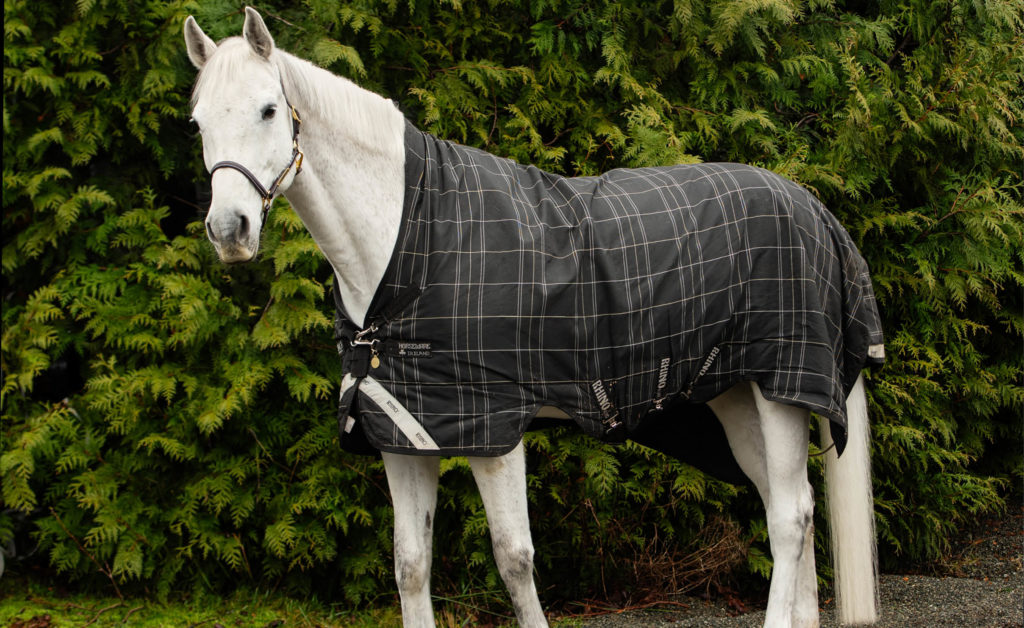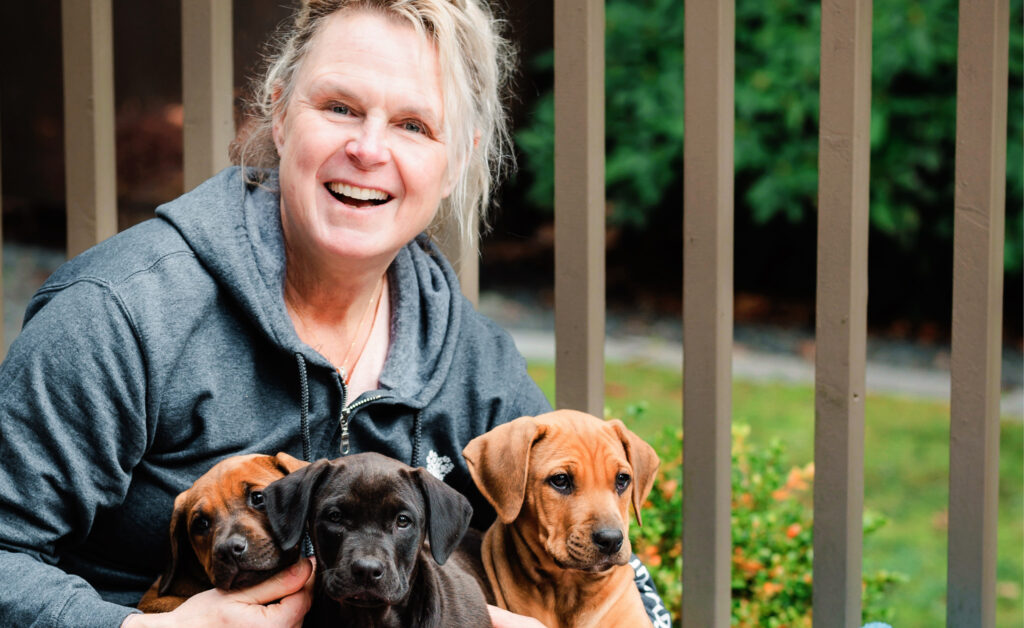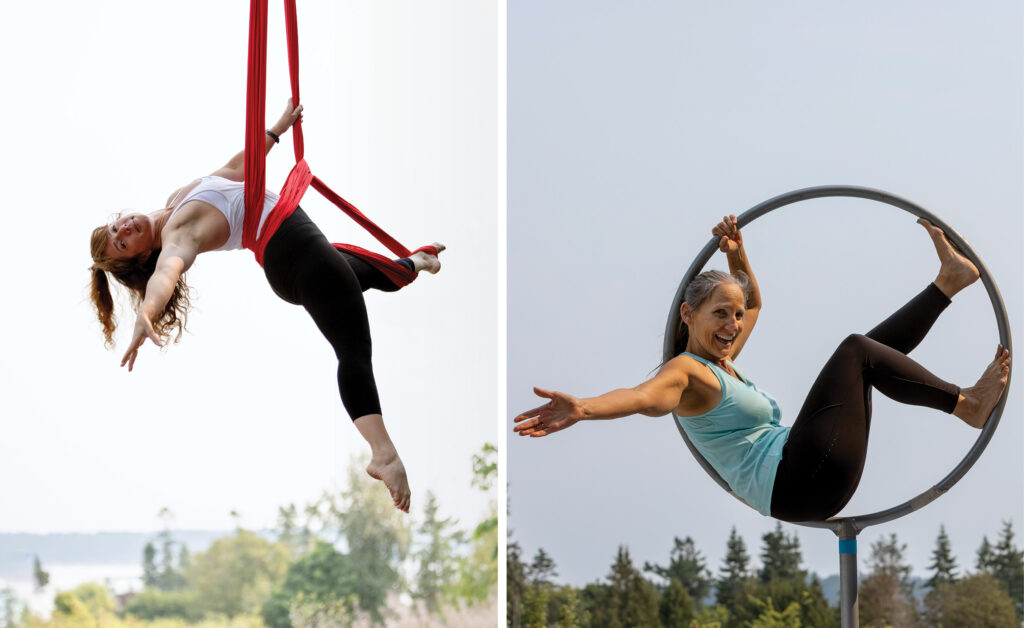by Cassidy Nunn | photo by Nunn Other Photography –
Wintertime with horses often makes me think of how in this sport, the work-to-play ratio goes from already high to extreme. Horses require a lot of time and effort in general, but winter brings this ratio to a whole other level; sometimes it really can feel like all work and no play. I’m sure I’ve hauled enough buckets of water down to the barn when the hose has frozen to fill a pool. I’ve broken many a pitchfork on frozen ground when attempting to clean paddocks on a frosty morning. I’ve spilled my heaping wheelbarrow countless times when slogging through the mud or slushy snow. I’ve loaded and unloaded hay into the back of a truck in the torrential rain, wrestling with tarps to cover it all. I’ve swallowed, inhaled and been covered in enough horse hair after clipping my horse’s coat to look like the abominable snowwoman.
Those are the days when my love for my horse and riding is put to the test but so far, winter has yet to break this passion of mine and I think most horse owners and riders feel the same way.
In the winter, a horse’s nutritional needs may change, depending on if they’re being exercised, what type of access to shelter they’ll have, if they’ll be blanketed, clipped etc. Horses will naturally grow a thicker coat in winter; in the wild, it will protect them against the elements and allow them to live outside in varying temperatures. Domesticated horses can still grow thick, warm winter coats, but certain breeds don’t always produce as warm a coat as is needed in winter, and older horses can also sometimes require an extra layer from a blanket to ensure they’re not burning too many calories trying to stay warm.
Glynis Schultz, owner and manager of Greenhawk Vancouver Island, an equestrian supply store on the Peninsula, has been selling a wide variety of horse blankets for the past 15 years. “Like clothing,” she says, “there is an incredible variety of types, brands, styles and options for winter blankets.” The three main categories are rainsheets (waterproof but not warm), stable blankets (warm but not waterproof) and winter turnouts (warm, waterproof and available in a variety of fill weights). Besides providing protection from the rain and the cold, Glynis adds that “blankets have the additional benefit of keeping horses clean and dry and make grooming far easier,” which I, as the owner of a light grey horse who prefers to be as dirty as possible, can really appreciate!
Perhaps you’ve observed horses with funny looking hairdos in the winter, when part of the hair on their body has been shaved away and part has been left with the thick winter coat; this is called clipping. Most horse owners choose to clip “if the horse is being worked regularly or having harder workouts. It helps with cooling them down and prevents them from getting too sweaty or chilled,” says Kylie Sanford, trainer and coach at Sanford Equestrian. She’s been clipping both her own and clients’ horses for the past 15 years and depending on the type of clip, it can take her between one to two hours to get the job done. Most horses that are clipped over the winter will have the first clip done in the early fall and then a second closer to spring when the hair has started to grow back in. There are many types of clips: full body, hunter, blanket, trace, Irish etc. and all have a different pattern and purpose. “My trace clips just go where the horse gets most sweaty – half the neck, chest, sides and under the belly,” Kylie says.
Winter riding, even here on the West Coast where we generally experience a milder winter compared to the rest of the province and country, can still be a challenge. Some barns have indoor arenas for riding, which offers the ability for owners to work their horses just about year-round, even on snow days, but many riders only have access to trails or outdoor arenas. For those braving the rainy riding days, a good waterproof jacket and boots are key and some (I’m pointing at myself here) go so far as to sport a waterproof helmet cover, saddle cover, gloves and a blanket called a quarter sheet which covers the horse’s rear quarters and keeps them dry and warm.
Every year, horse owners push through the winter season, knowing that spring is around the corner, just in time to be all covered in hair again when shedding season begins!




